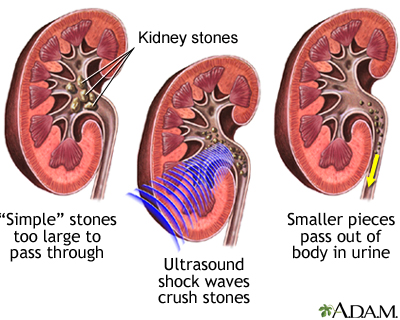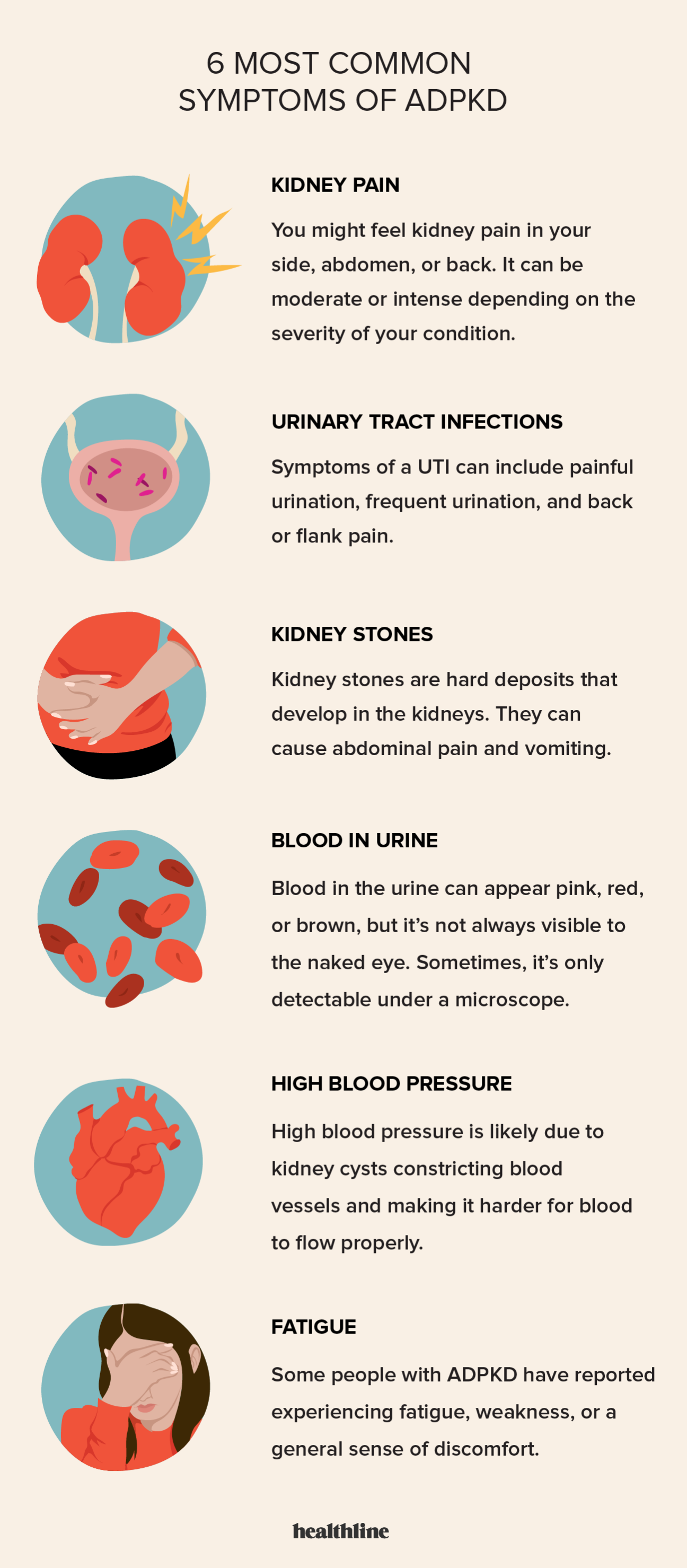Kidney Stones vs UTI: Essential Info on Treatment Choices and Prevention
Kidney Stones vs UTI: Essential Info on Treatment Choices and Prevention
Blog Article
A Comparative Study of the Danger Elements and Prevention Methods for Kidney Stones and Urinary System System Infections: Insights for Better Health
The raising prevalence of kidney stones and urinary system infections (UTIs) requires a closer exam of their related risk aspects and avoidance approaches. By recognizing and attending to these shared vulnerabilities, we can create much more effective approaches to alleviate the risks connected with each. Kidney Stones vs UTI.
Review of Kidney stones
Kidney stones are a typical urological condition, impacting around 10% of people eventually in their lives. These strong mineral and salt down payments develop in the kidneys when pee ends up being focused, allowing minerals to crystallize and bind with each other. The make-up of kidney stones varies, with calcium oxalate stones being the most widespread, followed by uric acid, struvite, and cystine stones.
Danger variables for the advancement of kidney stones consist of dehydration, dietary practices, excessive weight, and certain medical conditions such as hyperparathyroidism or metabolic conditions. Signs of kidney stones can range from moderate pain to extreme discomfort, often presenting as flank discomfort, hematuria, and urinary system urgency.

Recognizing Urinary System System Infections
Urinary system infections (UTIs) represent a widespread medical condition, specifically among women, with about 50-60% experiencing at the very least one UTI in their lifetime - Kidney Stones vs UTI. UTIs happen when germs enter the urinary system tract, resulting in swelling and infection. This condition can impact any part of the urinary system, consisting of the kidneys, ureters, bladder, and urethra, with the bladder being the most frequently influenced site
The professional discussion of UTIs typically includes signs and symptoms such as dysuria, increased urinary frequency, necessity, and suprapubic discomfort. Sometimes, clients may experience systemic signs and symptoms such as high temperature and cools, indicating an extra severe infection, potentially including the kidneys. Medical diagnosis is mostly based upon the existence of symptoms, proven by urinalysis and pee culture to identify the causative organisms.
Escherichia coli is one of the most common virus connected with UTIs, accounting for roughly 80-90% of instances. Danger variables consist of physiological predispositions, sex-related activity, and specific clinical conditions, such as diabetes. Comprehending the pathophysiology, medical symptoms, and analysis criteria of UTIs is critical for efficient monitoring and prevention methods in susceptible populaces.
Shared Risk Factors
Numerous common threat variables add to the advancement of both kidney stones and urinary system infections (UTIs), highlighting the interconnectedness of these 2 problems. Dehydration is a prominent threat aspect; poor liquid intake can cause focused pee, promoting the formation of kidney stones and creating a positive atmosphere for microbial growth, which can speed up UTIs.

Changes in estrogen degrees can influence urinary tract health and stone formation. In addition, excessive weight has been recognized as an usual risk factor, where excess weight can lead to metabolic adjustments that favor both kidney stone development and urinary system system infections.
Prevention Strategies
Recognizing the common risk elements for kidney stones and urinary system infections emphasizes the relevance of executing this link efficient prevention methods. Central to these strategies is the promotion of adequate hydration, as adequate liquid intake thins down pee, decreasing the concentration of stone-forming compounds and reducing the danger of infection. Medical care specialists usually advise drinking at the very least 2 to 3 litres of water daily, customized to private demands.
In addition, nutritional adjustments play an my sources essential role. A balanced diet regimen low in sodium, oxalates, and pet proteins can alleviate the formation of kidney stones, while raising the intake of vegetables and fruits supports urinary system system health and wellness. Regular surveillance of urinary pH and composition can additionally assist in recognizing proneness to stone formation or infections.
Additionally, keeping correct health practices is crucial, particularly in women, to prevent urinary tract infections. Generally, these prevention techniques are crucial for minimizing the incidence of both kidney stones and urinary system infections.
Way Of Life Modifications for Health
Exactly how can way of living modifications add to far better total health? Carrying out specific lifestyle adjustments can significantly reduce the risk of creating kidney stones and urinary system infections (UTIs) A balanced diet plan plays a vital duty; increasing fluid intake, especially water, can water down urine and help stop stone development as well as flush out bacteria that might lead to UTIs. Consuming a diet plan abundant in veggies and fruits offers essential nutrients while minimizing salt and oxalate consumption, which are linked to stone growth.
Regular physical task is additionally essential, as it promotes total wellness and aids in keeping a healthy weight, additional decreasing learn this here now the risk of metabolic conditions connected with kidney stones. Additionally, exercising great hygiene is vital in protecting against UTIs, especially in ladies, where wiping techniques and post-coital peeing can play preventive roles.
Staying clear of excessive high levels of caffeine and alcohol, both of which can exacerbate dehydration, is recommended. Lastly, regular clinical examinations can aid monitor kidney feature and urinary system health, recognizing any type of very early indicators of problems. By adopting these way of living alterations, individuals can enhance their general wellness while effectively lowering the risk of kidney stones and urinary system tract infections.
Verdict
To conclude, the relative evaluation of kidney stones and urinary tract infections emphasizes the relevance of shared threat aspects such as dehydration, nutritional practices, and obesity. Executing efficient avoidance strategies that focus on appropriate hydration, a well balanced diet, and regular physical task can alleviate the incidence of both conditions. By dealing with these typical components via way of life adjustments and boosted hygiene practices, people can enhance their overall health and reduce their vulnerability to these common health and wellness problems.
The increasing occurrence of kidney stones and urinary system tract infections (UTIs) necessitates a better evaluation of their related threat variables and prevention methods - Kidney Stones vs UTI. The structure of kidney stones differs, with calcium oxalate stones being the most common, followed by uric acid, struvite, and cystine stones
Therapy choices differ based on the dimension and kind of the stone, ranging from traditional monitoring with enhanced fluid consumption to clinical intervention like lithotripsy or surgical removal for bigger stones. Additionally, excessive weight has been identified as a typical risk aspect, where excess weight can lead to metabolic changes that prefer both kidney stone advancement and urinary system tract infections.Comprehending the shared danger elements for kidney stones and urinary system tract infections underscores the relevance of implementing reliable avoidance strategies.
Report this page